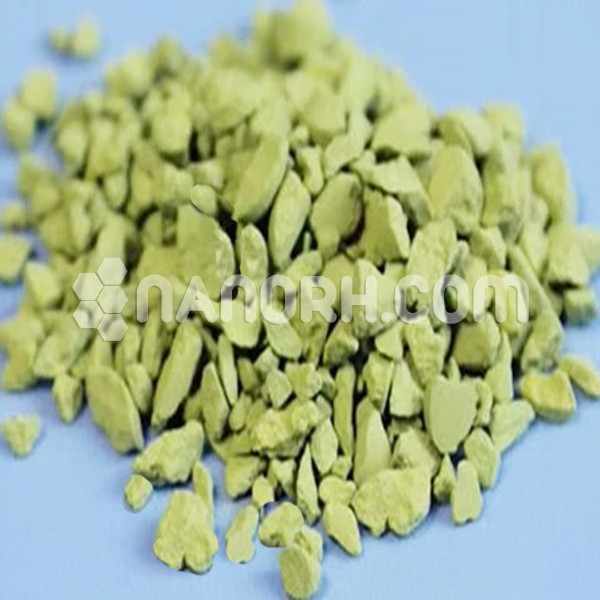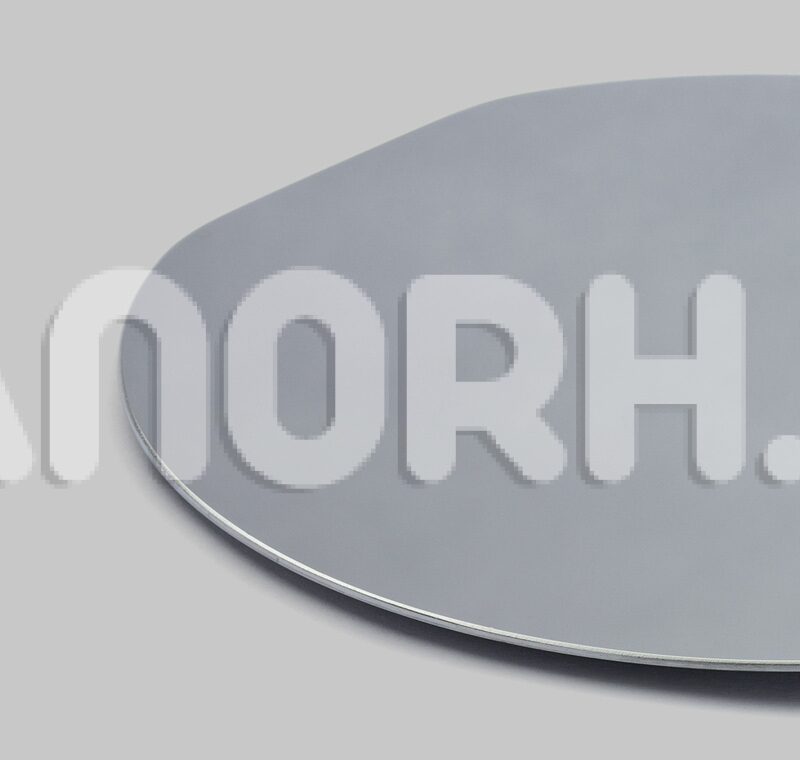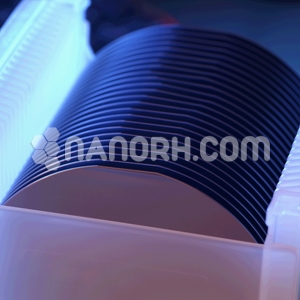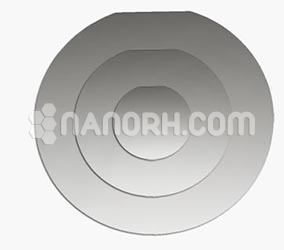| Indium Tin Oxide Pieces | |
| Product No | NRE-62024 |
| CAS No. | 50926-11-9 |
| Formula | In2O5Sn |
| Size | 1/8″ – 1/4″ Pieces (Can be Customized) |
| Quantity | 25g, 50g |
| Purity | 99.99% |
| Molecular Weight | 428.34 g/mol |
| Density | 7.14 g/m3 |
| Melting Point | 1526-1926 °C |
| Boiling Point | NA |
Indium Tin Oxide Pieces
Introduction:
Purpose:
Indium tin oxide pieces (ITO) is a transparent conductive oxide composed of indium oxide (In₂O₃) and tin oxide (SnO₂). It is renowned for its excellent electrical conductivity and optical transparency, making it a vital material in various electronic and optical applications. ITO pieces refer to solid forms of this compound, often used in thin-film technologies.
Key Features:
Transparency:
ITO is highly transparent in the visible light spectrum, making it ideal for applications that require light transmission, such as displays and solar cells.
Electrical Conductivity:
Despite its transparency, ITO has good electrical conductivity, enabling efficient charge transport in electronic devices.
Chemical Stability:
ITO exhibits excellent stability in various chemical environments, which enhances its longevity in applications.
Versatile Forms:
ITO can be produced in various forms, including powders, pellets, and thin films, tailored for specific applications.
Wide Bandgap:
With a wide bandgap, ITO can operate effectively in a range of temperatures and conditions, making it suitable for diverse environments.
Applications:
Touchscreens and Displays:
ITO is commonly used as a transparent conductive layer in touchscreens, LCDs, and OLED displays, allowing for touch sensitivity and electrical connectivity.
Solar Cells:
ITO serves as a transparent electrode in thin-film solar cells, facilitating light entry and electrical conduction for efficient energy conversion.
Optical Coatings:
ITO is used in optical coatings for mirrors and lenses, enhancing performance by providing both conductivity and transparency.
LED Technology:
In LED devices, ITO is utilized as an electrode material, enabling efficient light emission and electrical conduction.
Heating Elements:
ITO can also be employed in heating elements, where its conductive properties allow for the generation of heat through electric current.




